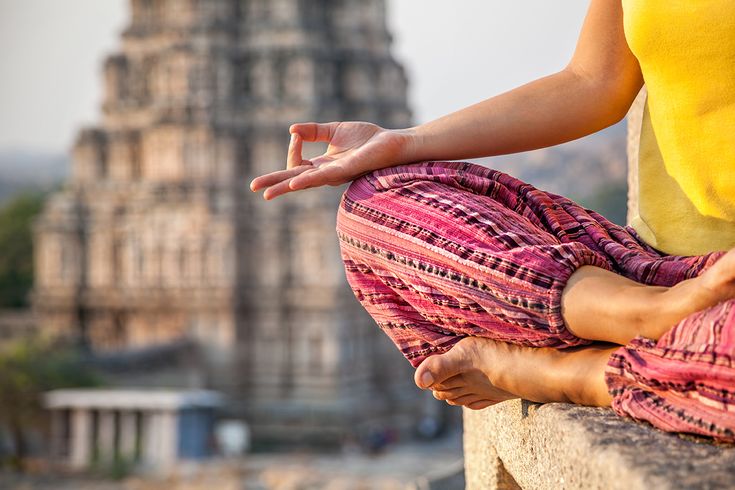India, a land of ancient civilizations and spiritual depth, is home to thousands of temples that reflect its vibrant cultural and religious tapestry. Temple tourism in India is not just a journey of devotion—it is an exploration of art, architecture, history, and human faith. From the snowy heights of the Himalayas to the sun-drenched coasts of Tamil Nadu, temples dot the landscape, offering travelers an immersive and transformative experience.
A Tapestry of Faith and Architecture
Indian temples vary widely in style, scale, and symbolism depending on the region, period of construction, and religious influence. The towering gopurams of South India, intricate stone carvings of Khajuraho, rock-cut sanctuaries of Ellora and Elephanta, and golden shrines like the Harmandir Sahib in Amritsar—all showcase an extraordinary spectrum of temple design.
In Tamil Nadu, temples such as Meenakshi Temple in Madurai and Brihadeeswarar Temple in Thanjavur represent the pinnacle of Dravidian architecture. These temples are not only places of worship but also centers of dance, music, and community gatherings. The scale of these structures, often with elaborate corridor systems and sculpted deities, astonishes even seasoned travelers.
In contrast, North Indian temples, like the Kashi Vishwanath Temple in Varanasi or the temples of Mathura and Vrindavan, exude a different spiritual atmosphere. These shrines often echo with chants and devotional music, creating a deeply emotional and intimate connection for devotees and visitors alike.
Pilgrimage and Popular Routes
For many Indian travelers, temple tourism is synonymous with pilgrimage. Char Dham Yatra (Badrinath, Dwarka, Puri, and Rameswaram) and the more arduous Char Dham of Uttarakhand (Yamunotri, Gangotri, Kedarnath, and Badrinath) attract millions of pilgrims every year. These journeys often involve challenging terrain, especially in the Himalayas, but offer profound spiritual fulfillment.
Other popular circuits include the Jyotirlinga Yatra, covering 12 revered Shiva temples across the country, and the Navagraha temples of Tamil Nadu. Temples such as Tirupati Balaji in Andhra Pradesh, Shirdi Sai Baba in Maharashtra, and Vaishno Devi in Jammu are among the most visited religious sites globally.
Beyond Religion: Cultural and Historical Tourism
Temple tourism in India is not limited to devotees. Many tourists visit these sacred sites to admire their art and heritage. The Sun Temple at Konark, for example, is a UNESCO World Heritage Site and a masterpiece of ancient engineering and sculpture. Likewise, the temples of Hampi and Pattadakal in Karnataka are explored by history enthusiasts and architecture students.
Festivals like Maha Shivaratri, Diwali, Navaratri, and temple-specific events draw large crowds, transforming temple towns into vibrant centers of color, music, and traditional rituals. Experiencing a temple festival offers a glimpse into the local culture, from the decorated elephants of Kerala’s temple processions to the fire dances and folk music of Rajasthan.
Practical Aspects of Temple Tourism
Temple tourism in India is accessible year-round, although certain seasons, like winter and post-monsoon months, are more comfortable for travel. Foreign tourists are advised to dress modestly, remove shoes before entering sanctums, and respect local customs. Photography may be restricted in some inner sanctums, and hiring a local guide can greatly enrich the experience by shedding light on mythological and historical contexts.
Many temples offer prasadam (consecrated food), free community meals, and accommodations, especially in major pilgrimage centers. Sustainable and responsible tourism is increasingly being promoted by temple authorities and government bodies to preserve the sanctity and structure of ancient temples.
Temple tourism in India is a journey through time and soul. It brings together seekers of faith, students of art, and lovers of history. Whether you’re witnessing the sunrise at the ancient shore temple of Mahabalipuram or listening to evening aarti on the ghats of Varanasi, the experience leaves an indelible imprint. For those willing to walk barefoot through centuries of devotion, India’s temples are not just monuments—they are living legacies of a civilization shaped by belief, beauty, and resilience.


